- Home | Industry Update | New Conductive Fibers Are Both Waterproof And Durable, Pavin...
New Conductive Fibers Are Both Waterproof and Durable, Paving the Way for Washable E-Textiles
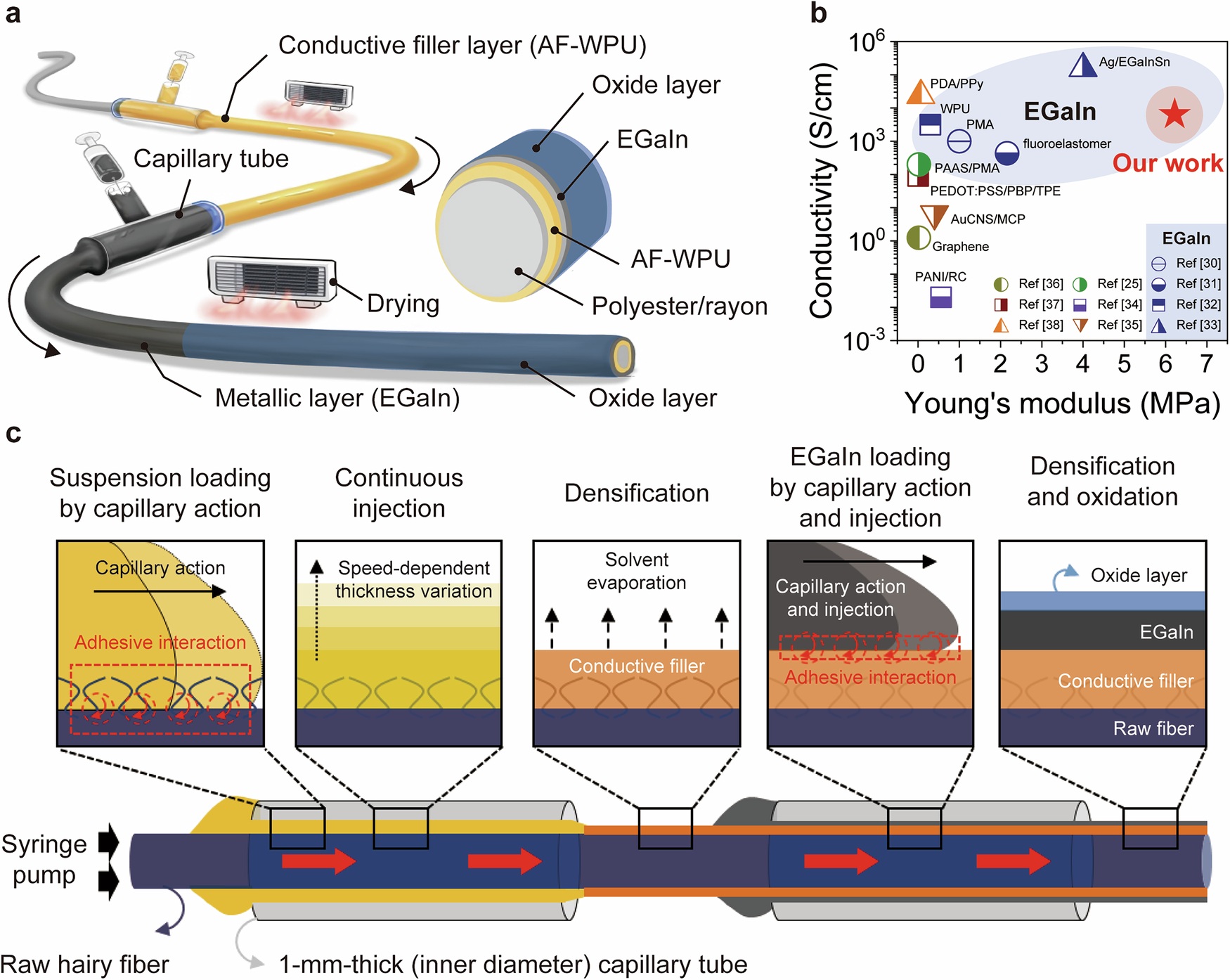
In a groundbreaking advancement set to revolutionize wearable technology, researchers Kim, Choi, Oh, and their team have developed a new class of fibers that are waterproof, electrically conductive, and exceptionally tough. Their work, recently published in npj Flexible Electronics, tackles long-standing challenges in creating washable e-textiles that can withstand real-world conditions without losing functionality or durability. By innovatively combining nanomaterial science with advanced fiber engineering, this team has created fibers that could pave the way for truly practical and resilient smart clothing, setting a new standard for the rapidly growing flexible electronics industry.
Wearable electronics, from smart fitness apparel to medical monitors, require textiles that are not just electrically functional but also mechanically strong and able to withstand environmental challenges like water and washing. Earlier efforts to create conductive fabrics often resulted in fragile components easily damaged by bending, stretching, or washing. While hydrophobic coatings or encapsulation sometimes offered solutions, they often reduced the textile's breathability or flexibility, impacting user comfort and practicality. This research team directly addressed these issues by developing fibers with a synergistic structure that inherently combines toughness, waterproofing, and conductivity within a single material.
These fibers feature a core composite architecture that merges conductive nanomaterials with a polymer matrix, specifically engineered for both toughness and water repellency. The conductive element primarily uses a network of carbon-based nanostructures, like carbon nanotubes or graphene derivatives, carefully spread throughout the fiber. These nanostructures create continuous electrical pathways that keep resistance low, even when the fiber is mechanically deformed. To ensure waterproofing without sacrificing breathability, the researchers created a hydrophobic polymer coating. This coating strongly adheres to the fiber's surface, forming a stable barrier against water while still allowing vapor to escape, maintaining comfort.
02:52 PM, Jun 02
Other Related Topics

Rieter Issues Market Update on Completion of Barmag Acquisition
10:33 AM, Dec 20

Indian Textile Exports Weave Strong Momentum with November Surge
11:24 AM, Dec 18Industry Update
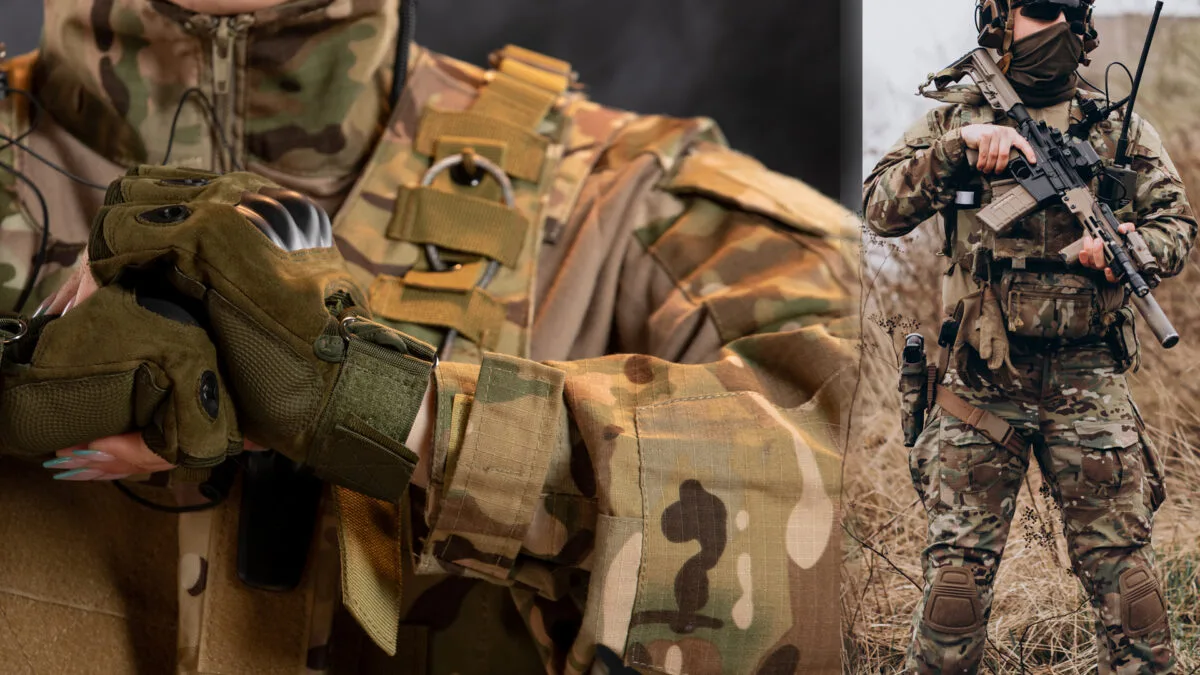
Carrington Textiles Introduces Defence Stock Range for Faster Access to Military Fabrics...view more



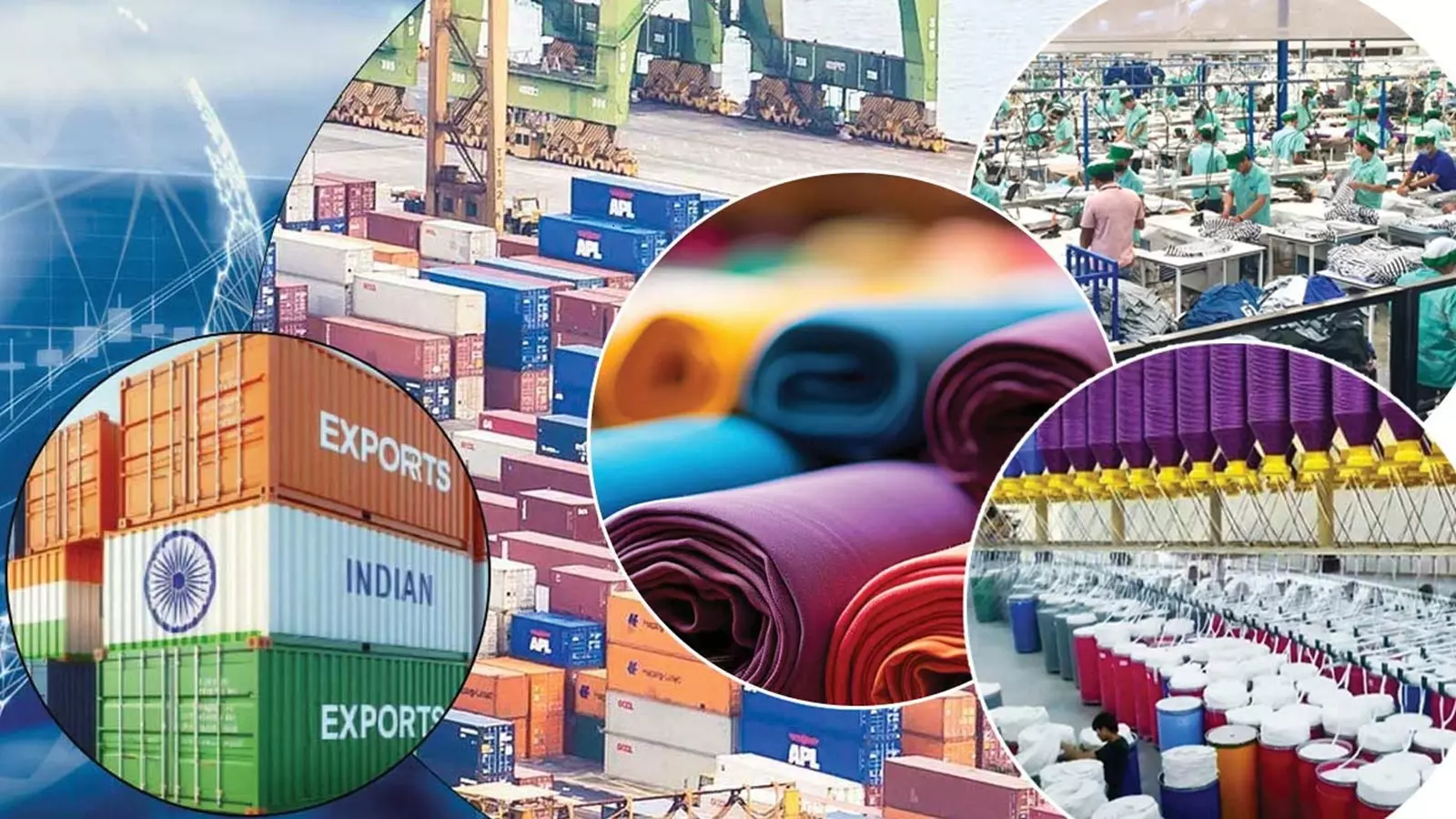
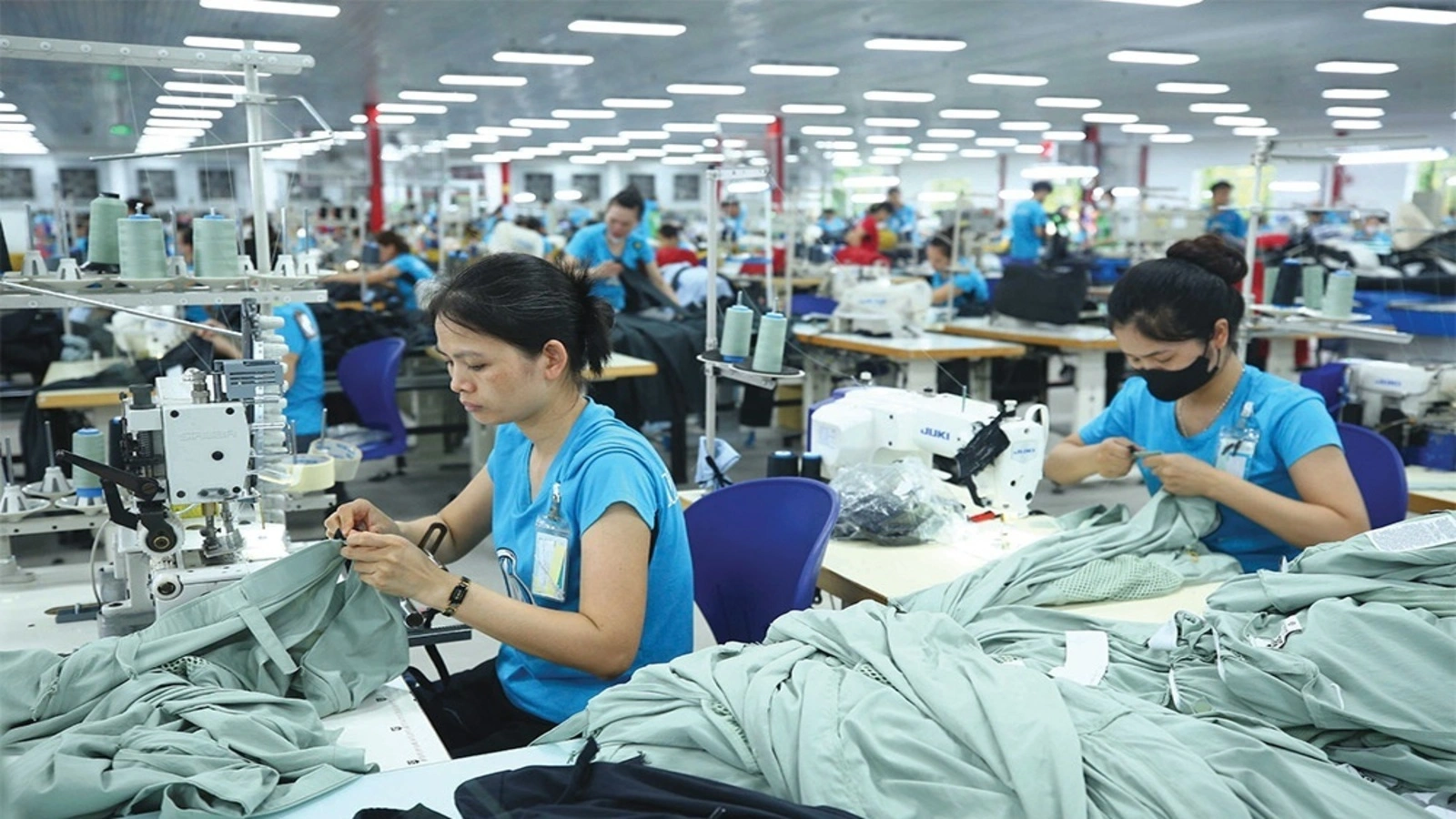
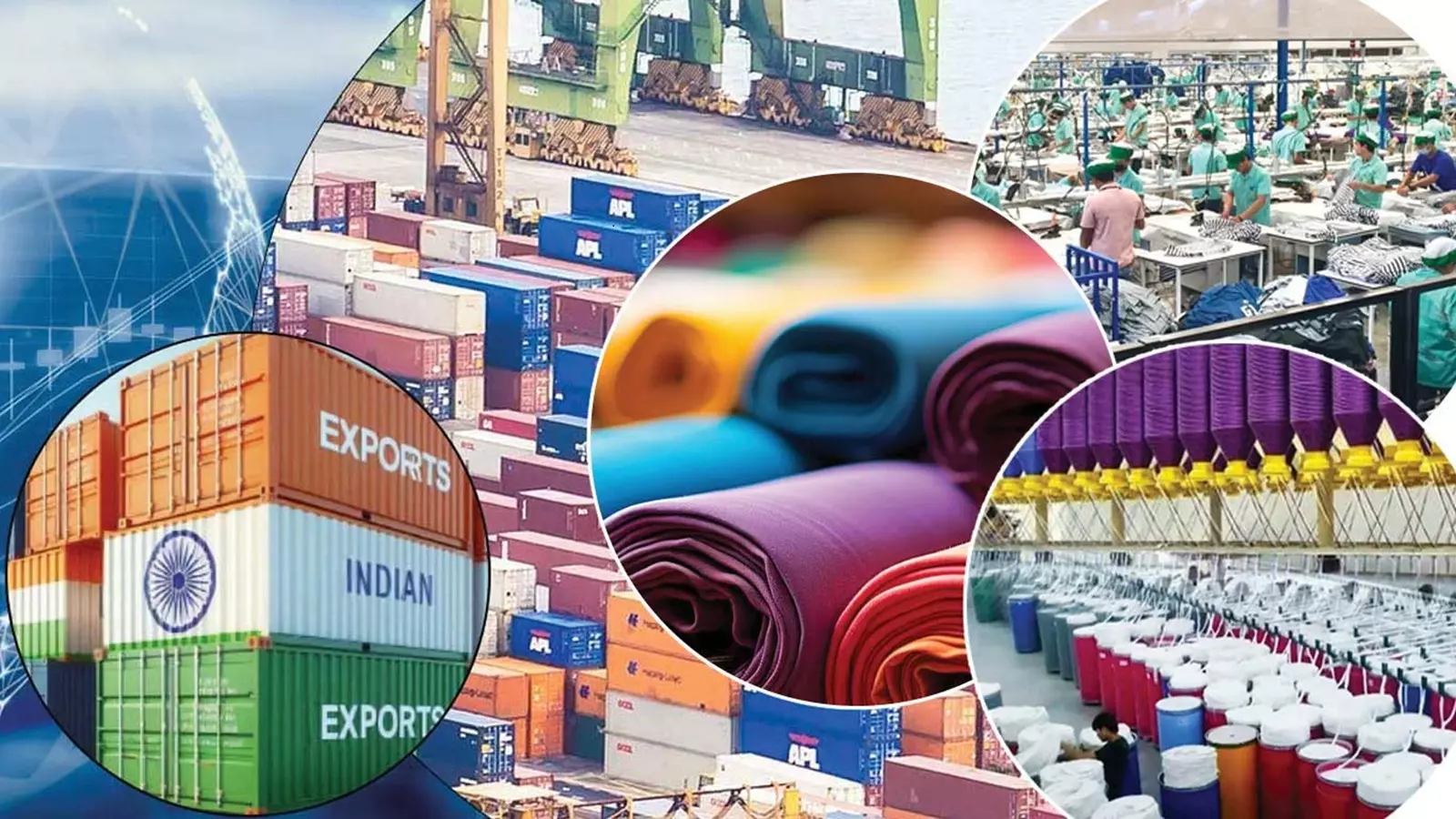


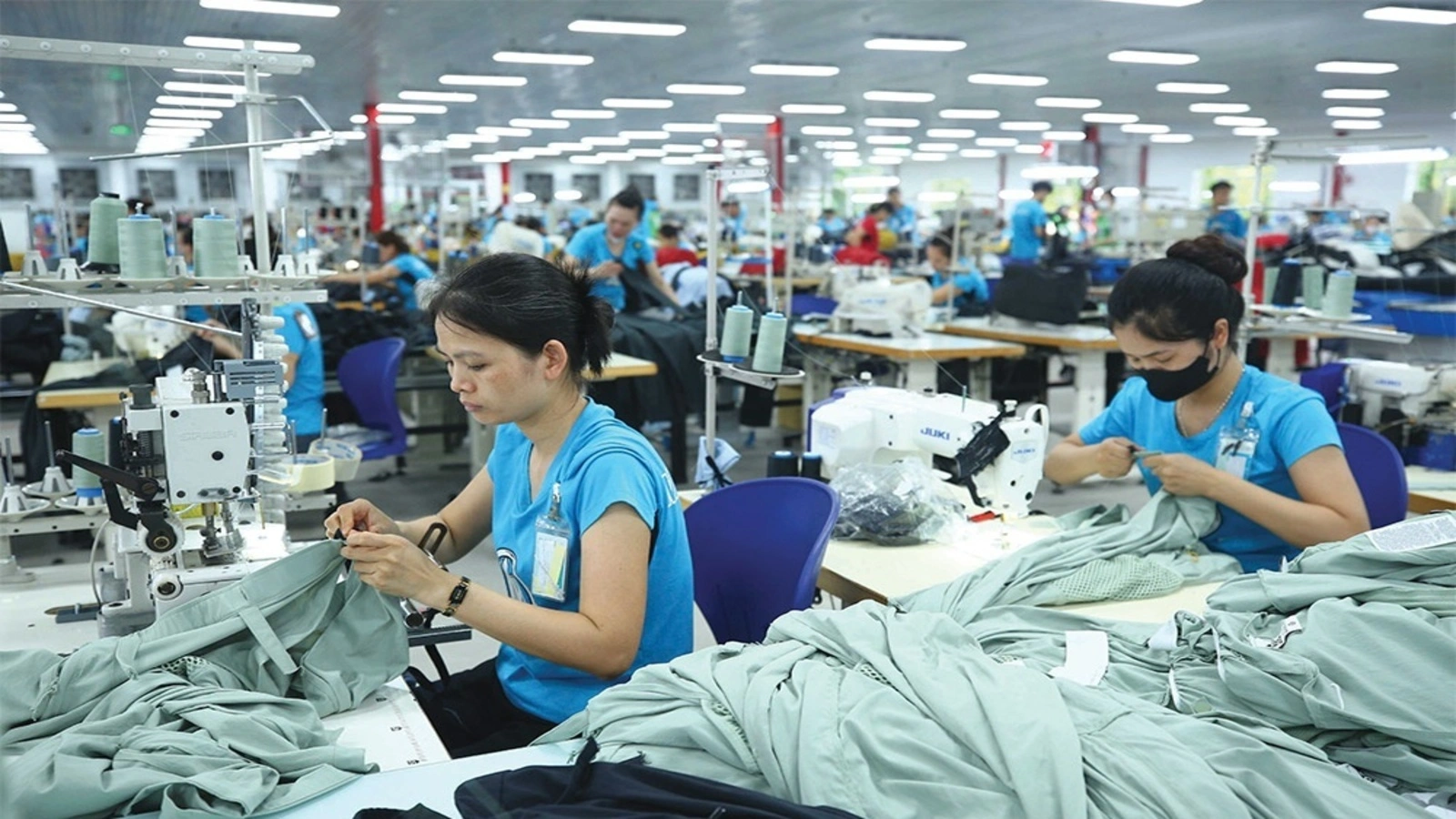



1.webp)
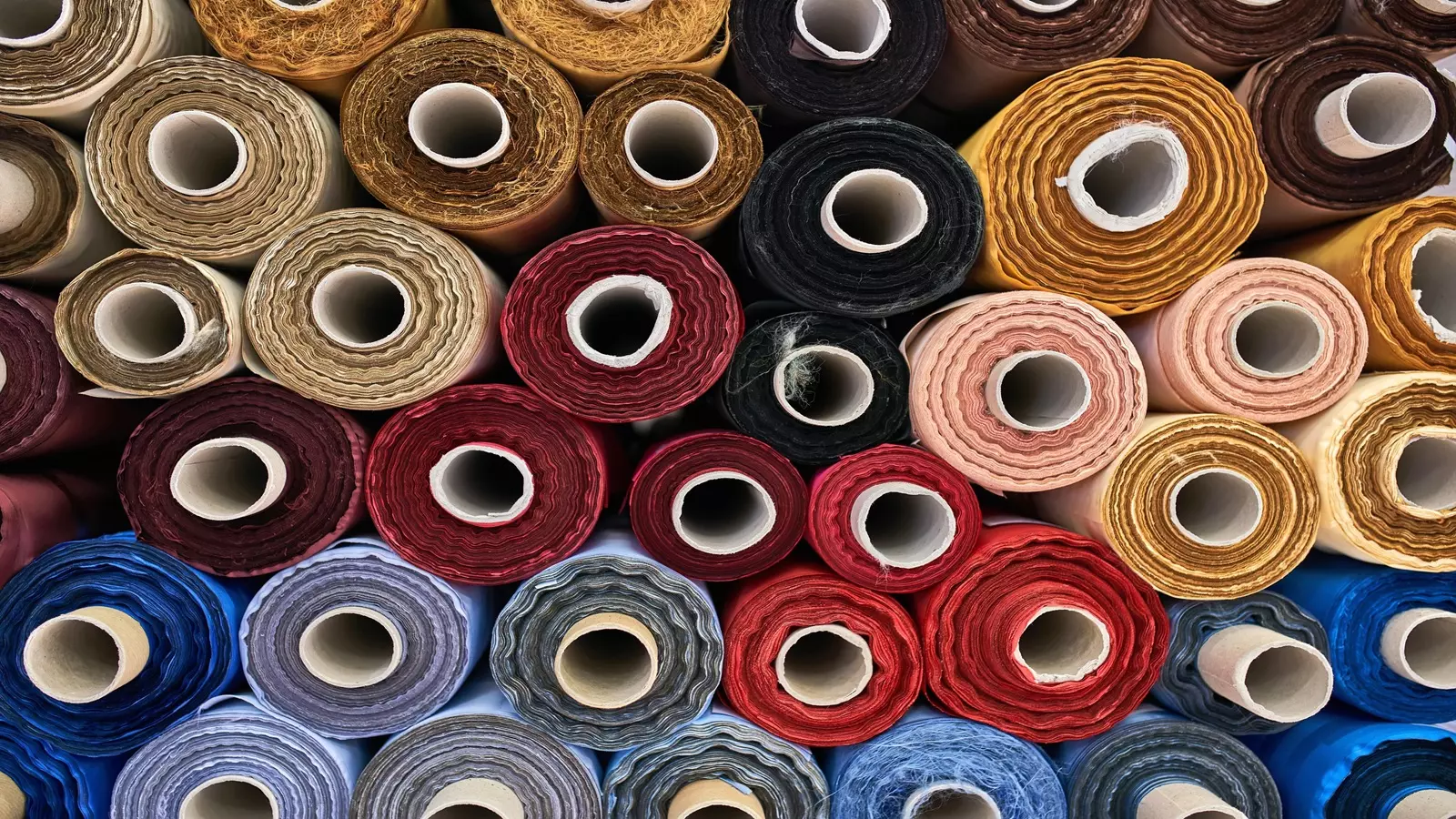





1.webp)

1.webp)
1.webp)
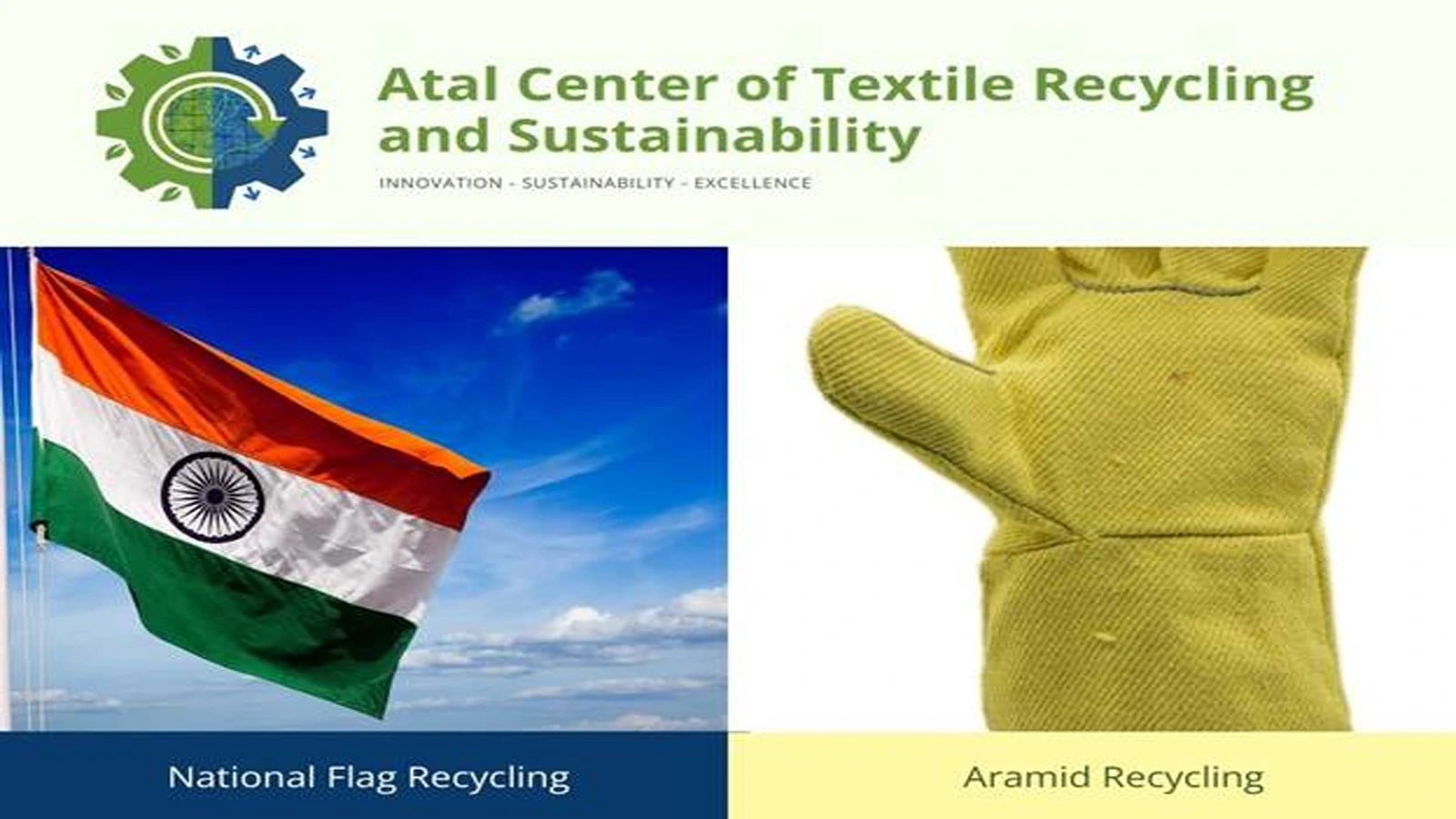
1.webp)

1.webp)

.webp)

1.webp)

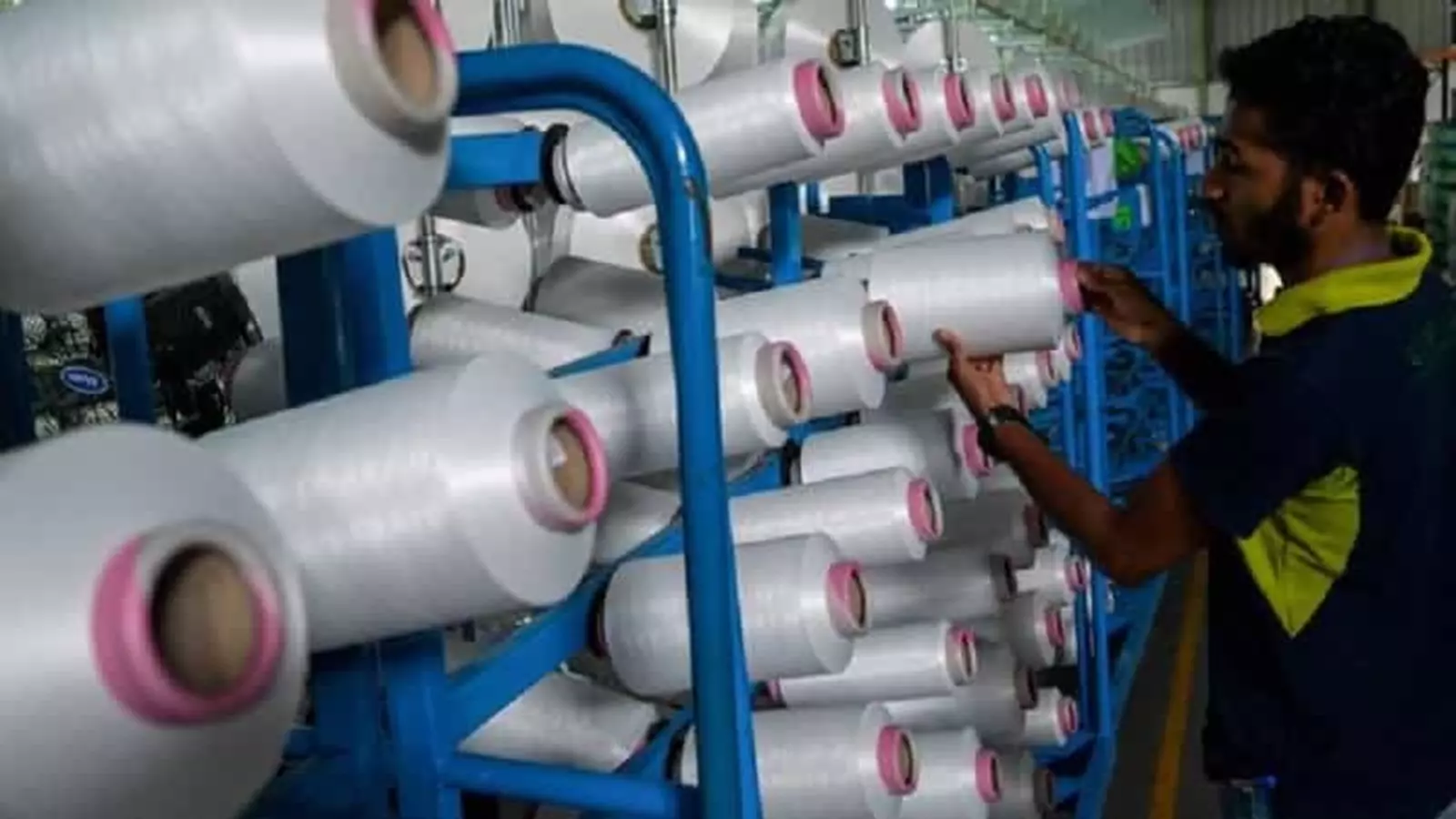

1.webp)






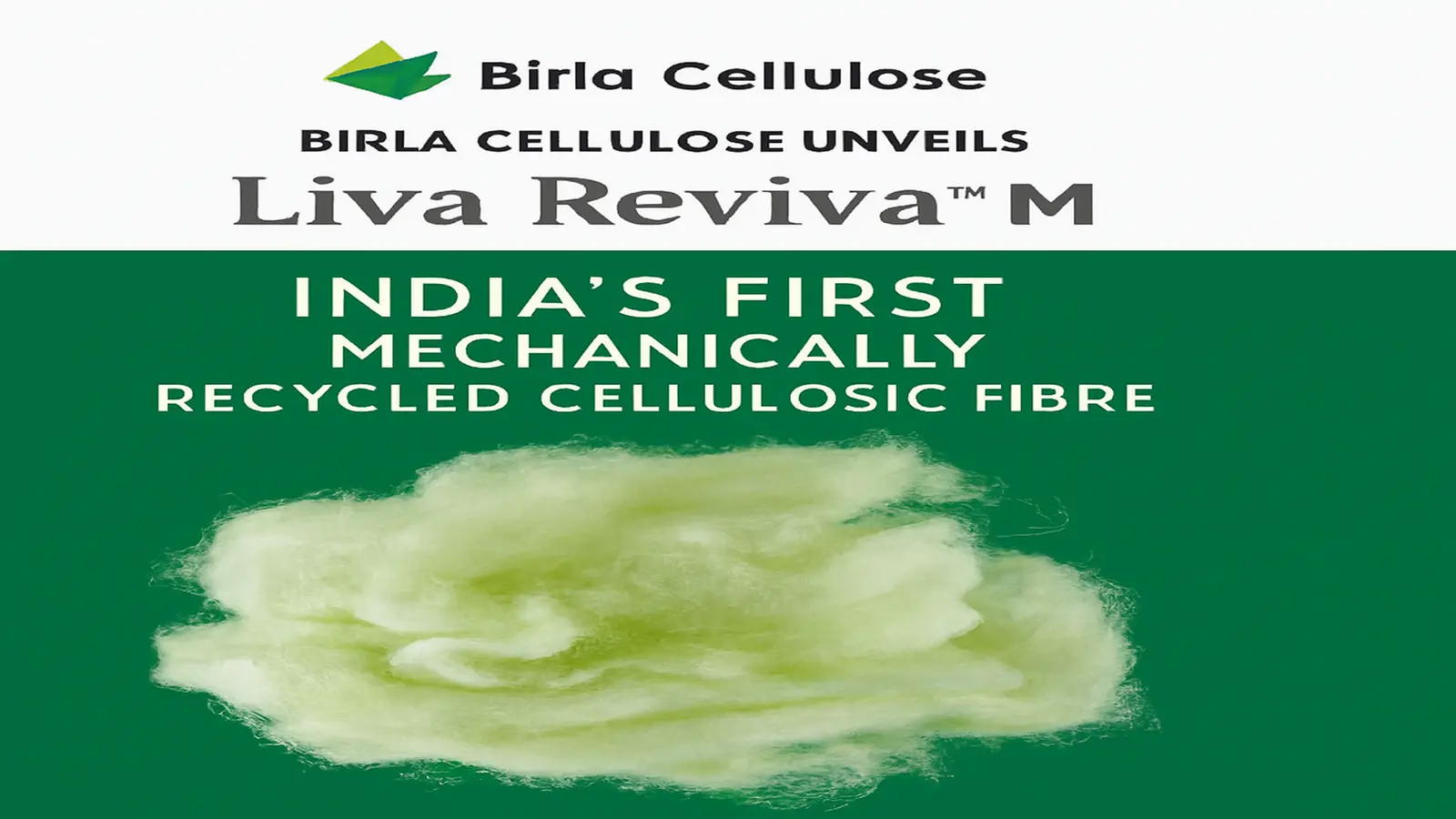
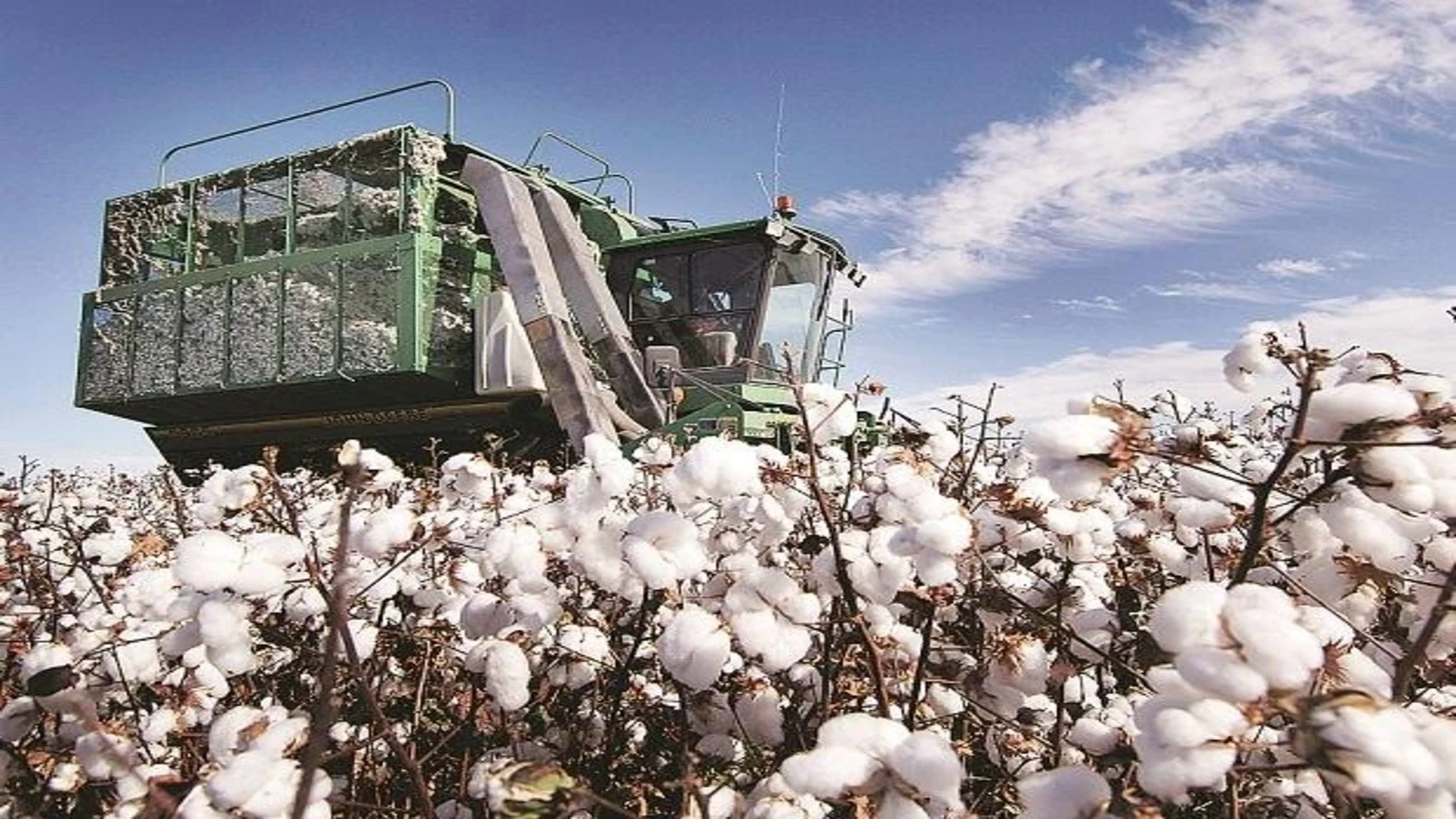

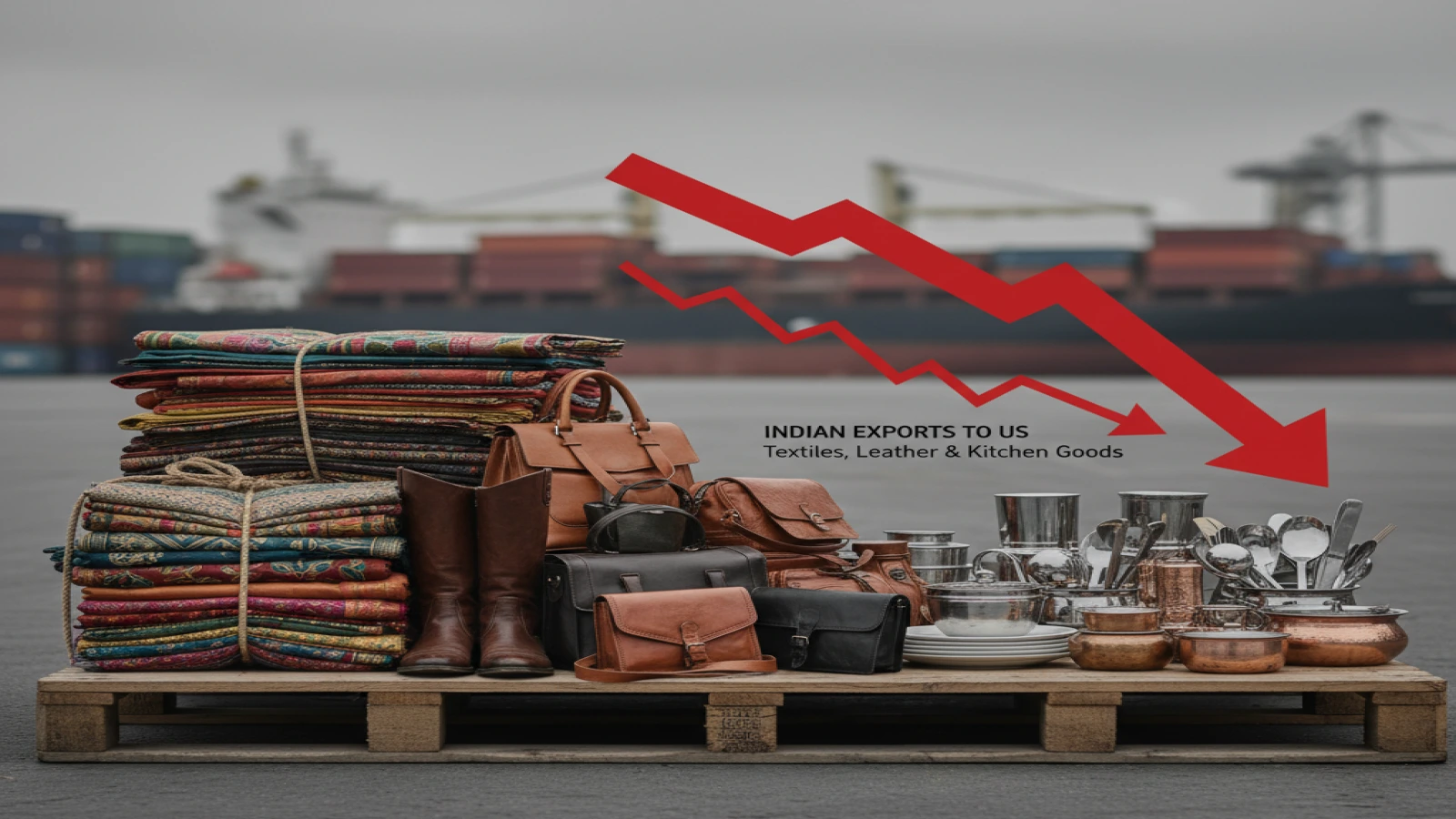

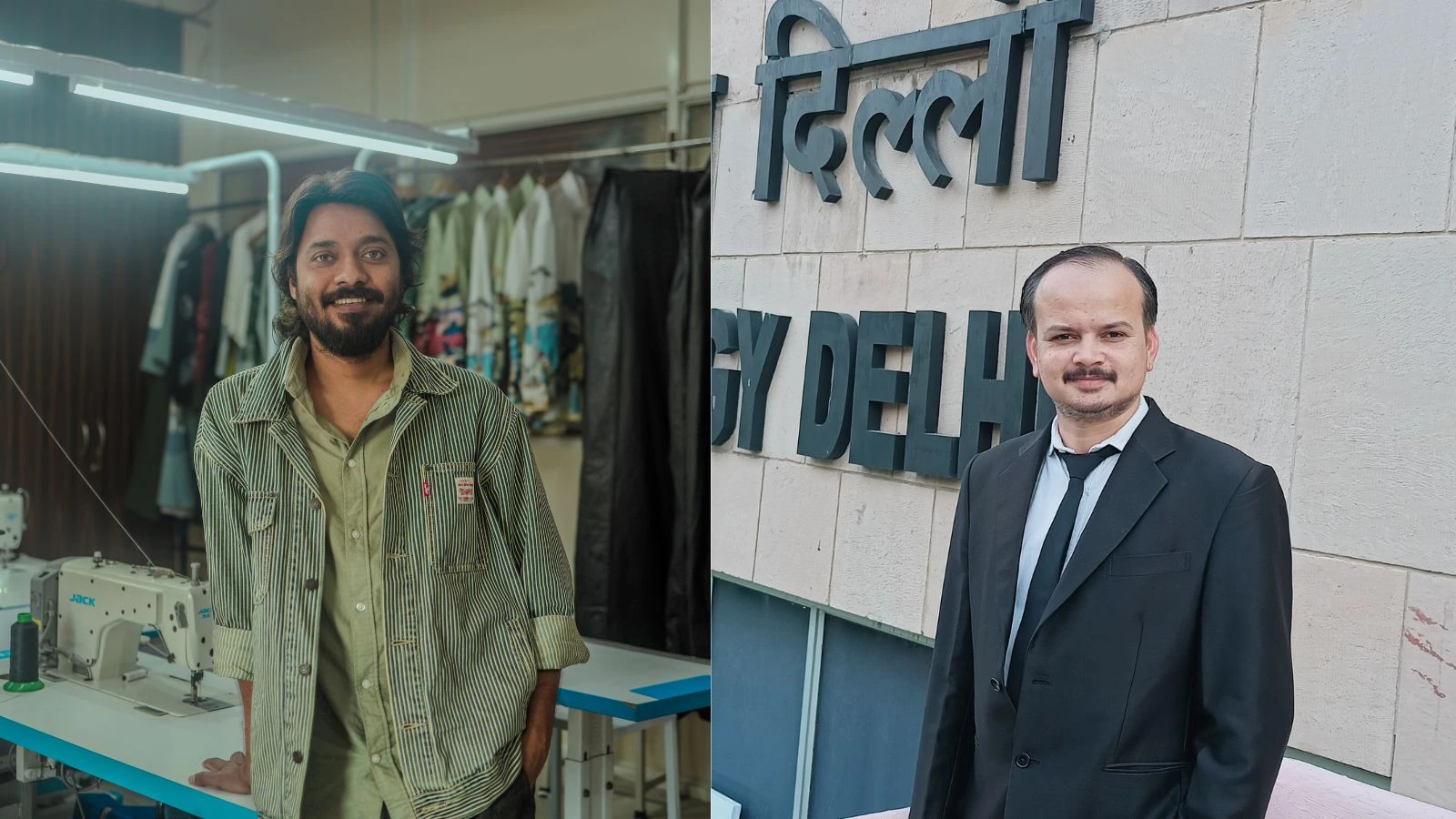

1.webp)
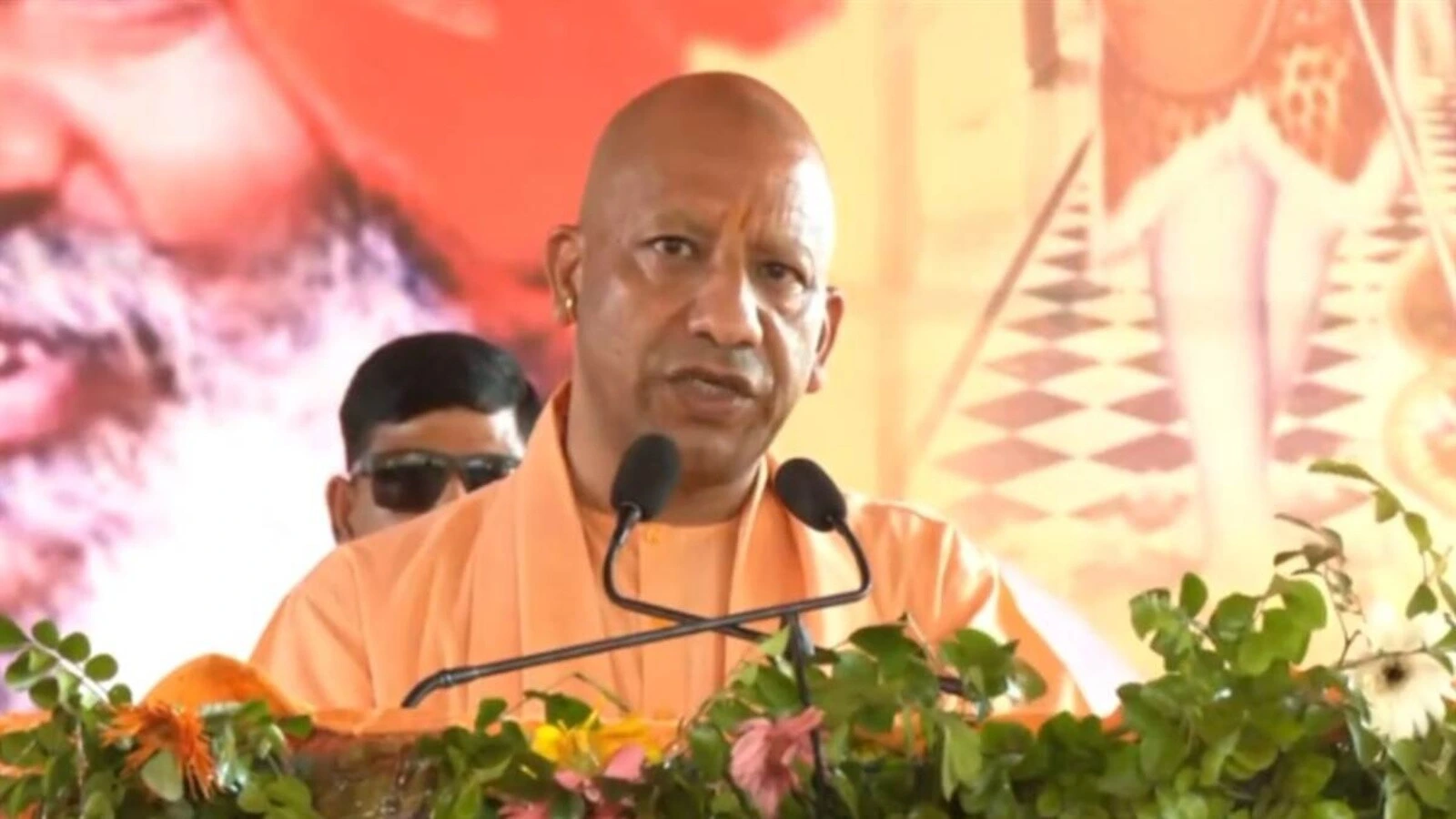


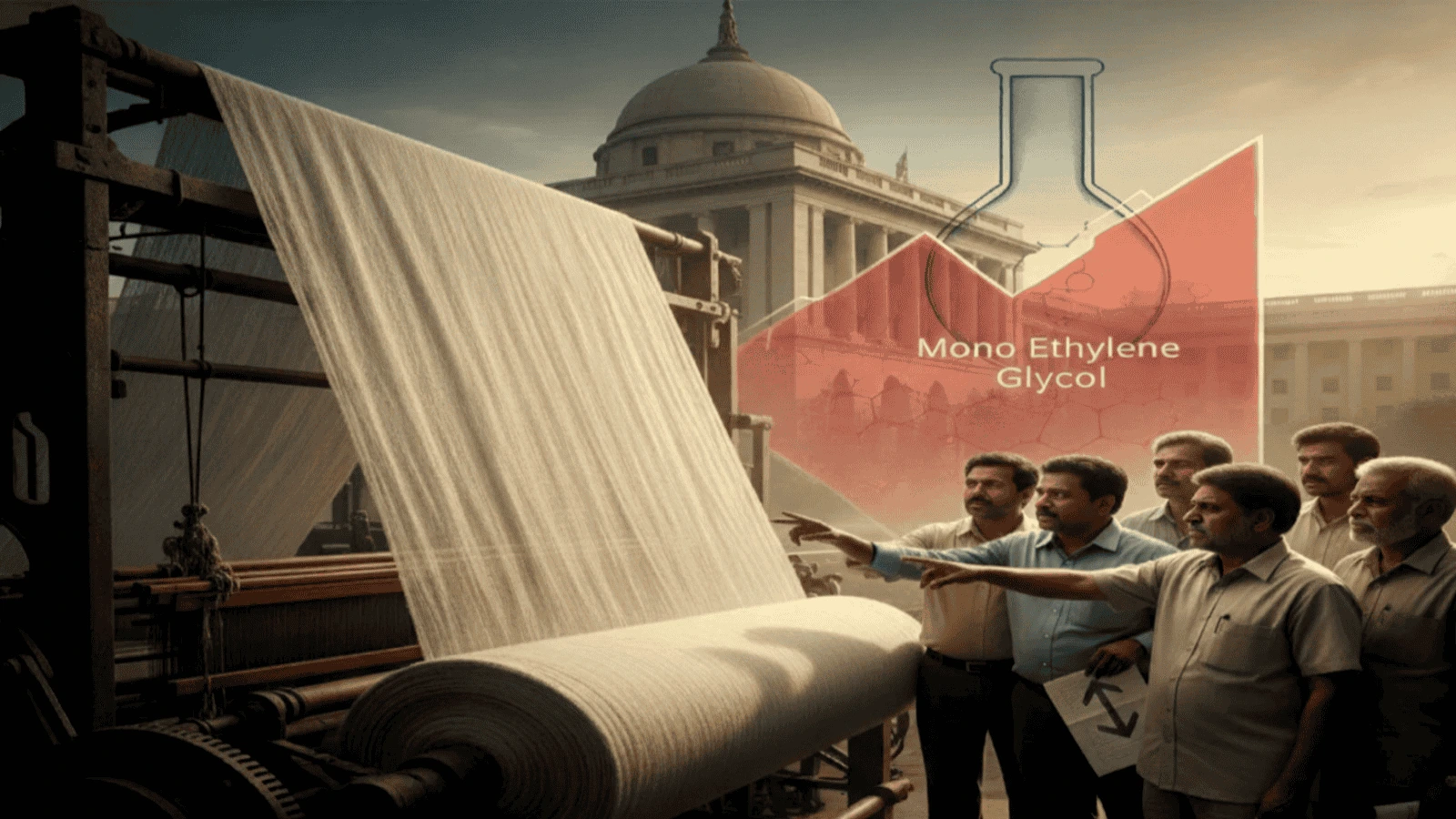




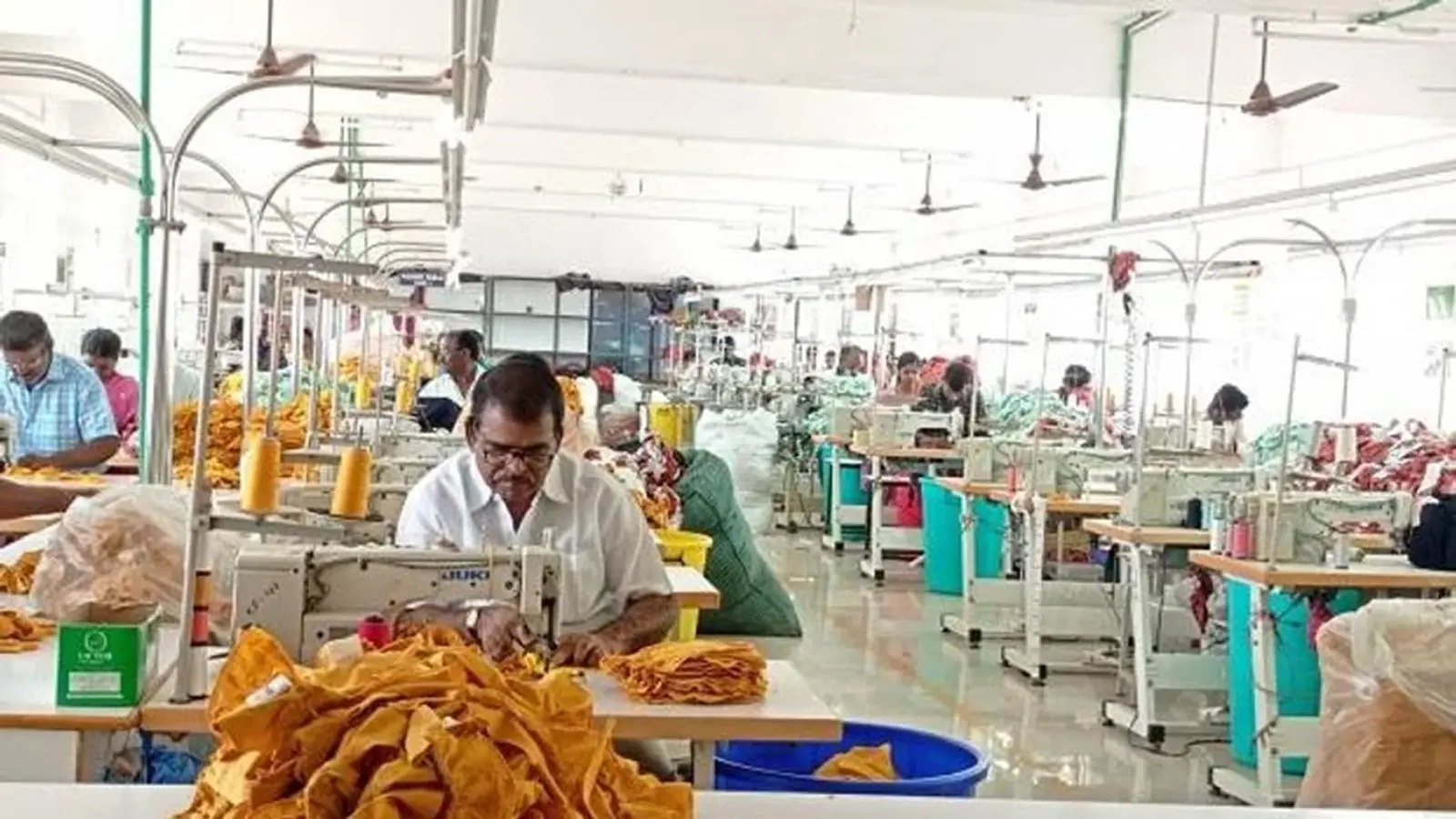
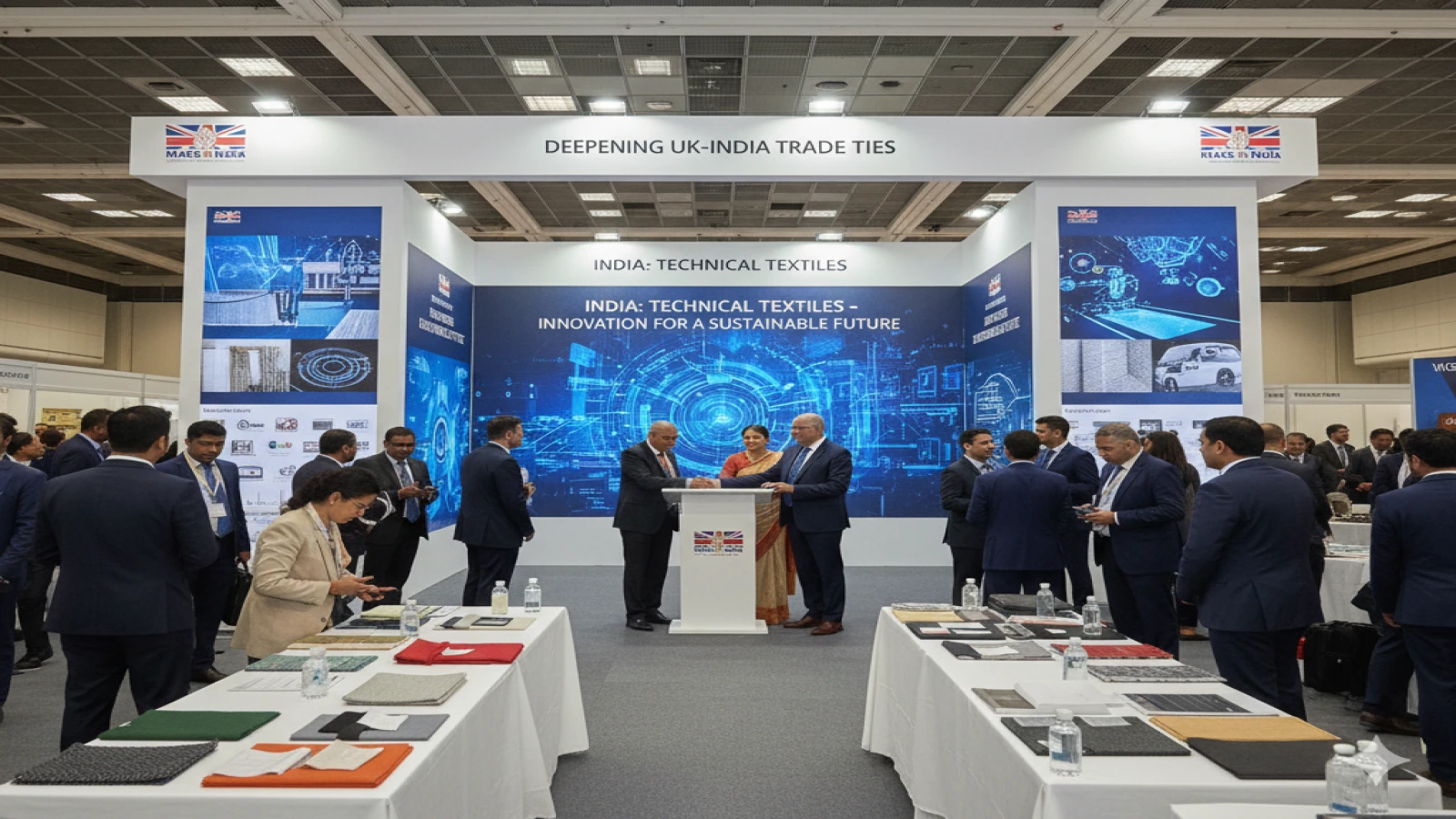


1.webp)


1.webp)

























1.webp)






















1.webp)





1.webp)
1.webp)














1.jpg)






















1.jpg)




























_large1.jpeg)

























































.png)










.jpg)
.jpg)
.jpg)










1.jpeg)